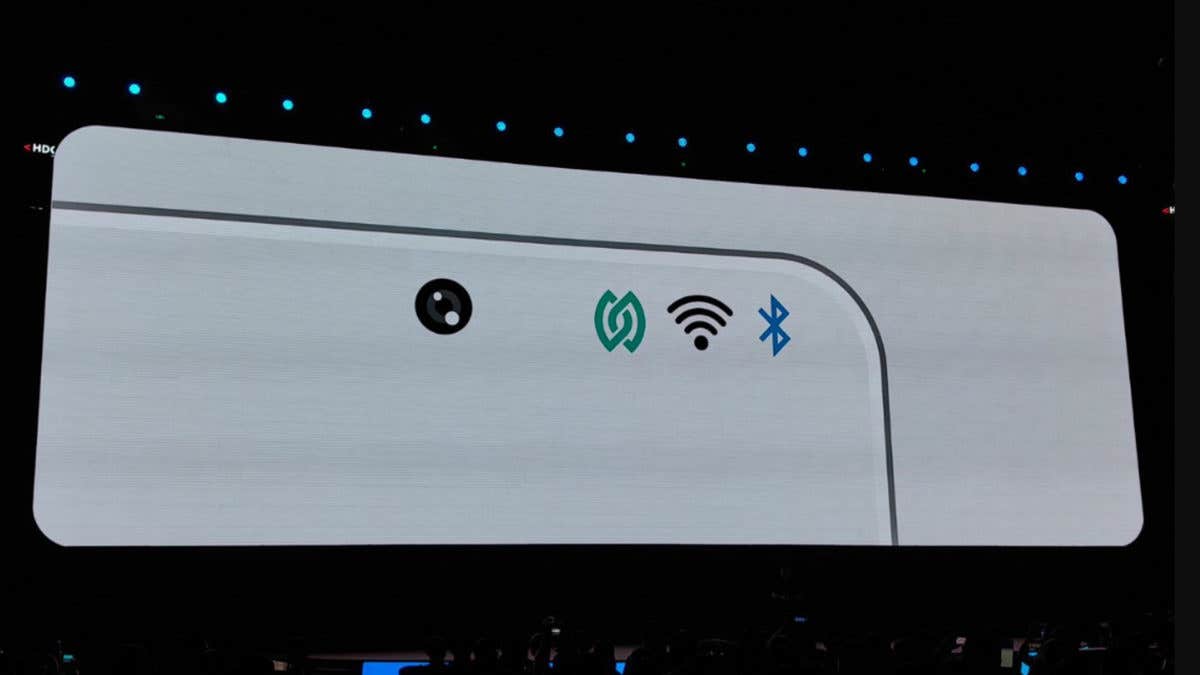Global tech firm built a new communications technology that blows away Bluetooth and Wi-Fi
In a bold move, the company is spearheading a consortium, an alliance that boasts over 300 tech firms.

[Sept. 27, 2023: Staff Writer, The Brighter Side of News]
The question looms: Will this revolutionize our wireless experience or create a divisive tech landscape? (CREDIT: Creative Commons)
The digital realm is on the cusp of a transformative leap as products using Nearlink, a pioneering next-generation wireless protocol, debut in the market. With Huawei at the forefront, the question looms: Will this revolutionize our wireless experience or create a divisive tech landscape?
Huawei, the tech behemoth from Shenzhen, China, unveiled three of its latest devices equipped with the game-changing Nearlink protocol. These include the Huawei Mate 60, MatePad Pro 13.2, and Freebuds Pro.
As proclaimed by the company during its HDC 2023 event last month, this technology doesn't merely replace existing wireless standards but capitalizes on them, a revelation sourced from Huawei Central. In essence, Nearlink is not just an alternative; it aims to be an enhancement.
Related Stories
What Sets Nearlink Apart?
Highlighting the protocol's prowess, Nearlink offers staggering advantages:
Power Efficiency: A remarkable 60% reduction in power consumption compared to current wireless standards.
Speed and Connectivity: It boasts a data transmission rate six times faster than the existing norms and can manage a staggering tenfold increase in device connections.
Low Latency and High Bandwidth: With latency reduced to an impressive 1/30th of a millisecond, Nearlink is poised to deliver a seamless, instantaneous experience.
Huawei's commitment to the future with Nearlink isn't just limited to embedding it within its devices. In a bold move, the company is spearheading a consortium, an alliance that boasts over 300 tech firms. These powerhouses span diverse sectors: automotive, audiovisual, home appliances, and electronics. Among these tech titans are Lenovo, Hisense, and Honor.
Yet, the absence of major US tech heavyweights like Intel, Qualcomm, AMD, and Nvidia from this coalition is conspicuous. It underscores the geopolitical tech divide, stoking speculations of a distinct wireless protocol evolution in China, independent of global trends.
The International Perspective
While alternatives such as Apple's ultra-wideband (UWB) technology for its new iPhone 15 series are on the horizon, Nearlink's aggressive promotion might tilt the scales in its favor, especially within the vast Chinese market. This emphasis becomes even more relevant given the strained U.S.-China tech relationship, highlighted by the blacklisting of Huawei.
Huawei Mate 60. (CREDIT: Huawei)
The global tech landscape might witness a bifurcation: a China-centric wireless protocol molded by Chinese firms, with Huawei as its torchbearer, and an international counterpart. This schism may raise issues of transparency and interoperability. As Nearlink evolves, the ways in which its nuances shape user experiences and influence business operations could remain enigmatic to the external world.
In a rapidly changing digital landscape, Huawei's Nearlink beckons as the harbinger of the future of wireless protocols. Yet, its journey remains layered with complexities, both technological and geopolitical.
Only time will tell if Nearlink becomes the ubiquitous standard that Huawei envisions or if it will coexist in a diverse world with multiple wireless norms. Whatever the outcome, the pace of innovation ensures that our digital experiences are bound to evolve, breaking barriers and redefining horizons.
For more science stories check out our New Discoveries section at The Brighter Side of News.
Note: Materials provided above by The Brighter Side of News. Content may be edited for style and length.
Like these kind of feel good stories? Get the Brighter Side of News' newsletter.



